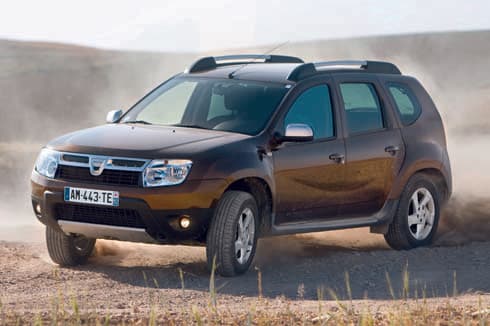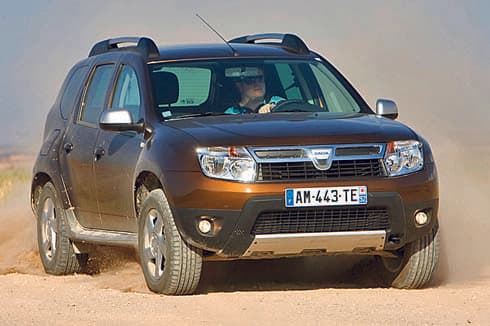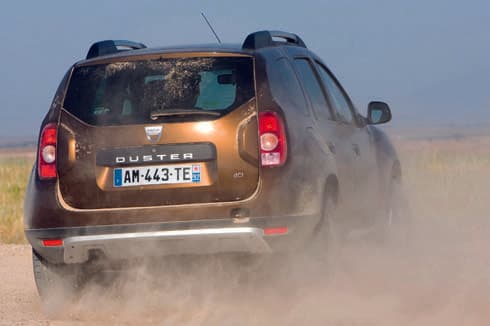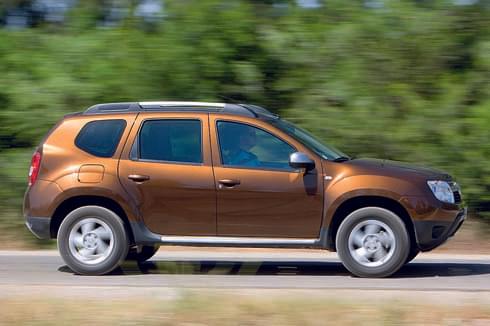What is it?
Cutting through Seoul’s morning traffic on a particularly gloomy day, I’m headed to the mountains. It’s a long drive designed to show off the new Kia Soul EV’s extended range.
With the electric mobility movement gathering steam the world over, manufacturers are keen to stamp their authority in the race for the best. The 2020 Kia Soul EV long-range version – which I am driving – has taken the lead with a 452km range, which is more than its direct competitors like the Chevrolet Bolt, the Nissan Leaf and the BMW i3. However, it’s not just about how far it can go, as there is a lot more soul in this car.
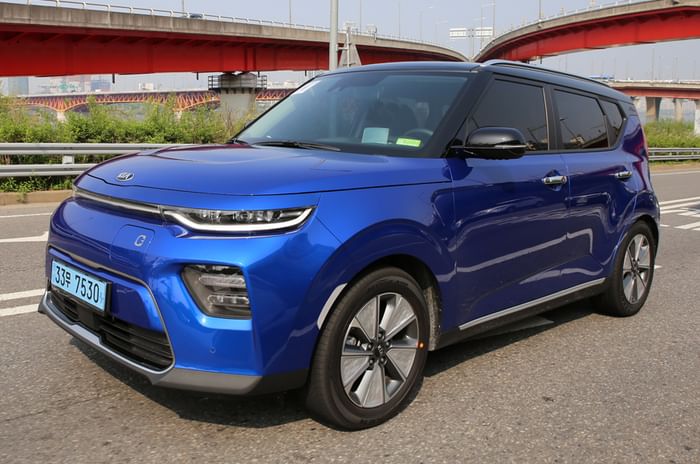
What is it like on the outside?
The Soul, for those who haven’t seen it at all, is a car that will polarise opinion. There’s no doubt its design was aimed at being practical. However, unlike other Kia cars that have a distinct ‘Tiger Nose’ grille, this one has more subtle cues that hint of its parentage. In fact, the grille is just a sliver of a gap that leads right across into the LED lights. The jaw is large and carries the charging port for the car. The side profile is slab-like with a dead straight bonnet and square lines with a floating roof. The squared-off rear corner fades into the hatch and flares out a bit around the rear wheels. It’s not the most dynamic of designs but it sure is funky.
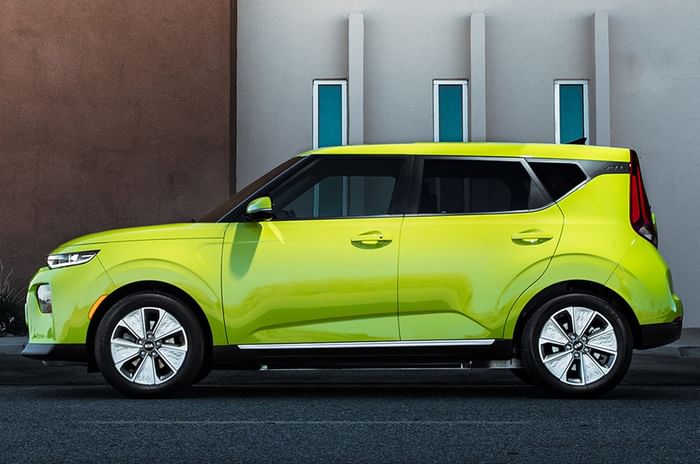
What is it like on the inside?
For a car that’s just a little over 4m in length, the Soul feels spacious on the inside. Six-foot passengers would be comfy in both front and back seats, and it’s not only in terms of head- and leg-room; the Soul has a very respectable 315-litre boot. Big glass areas make the cabin all the more airy and quality on the interiors is quite impressive. It comes packed with equipment and has a neat layout; the dashboard is dominated by the 10.2-inch infotainment touchscreen. Crisp, clear dials offer all the information needed for the driver as well and it’s an interior that grows on you. The more time I spent in it, the more I thought what a well-built small car it was.
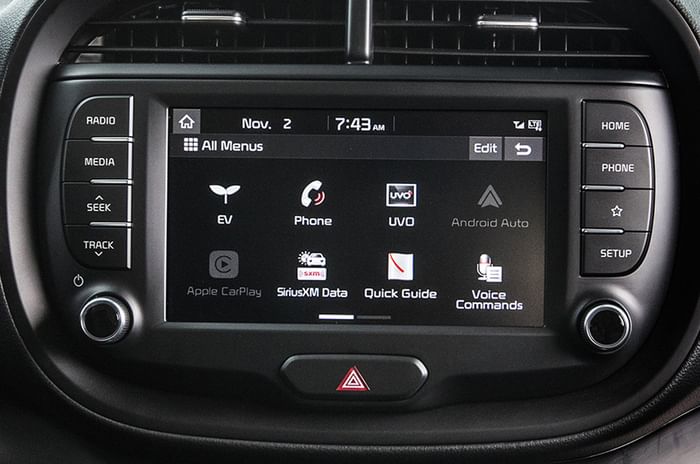
What is it like to drive?
While the previous Soul EV’s 30kWh battery pack (that provides a 210km range) wasn’t class-leading by any standards, the 2020 model benefits from the 64kWh unit that is shared with the Hyundai Kona EV and Kia’s own e-Niro. The battery runs the front wheels, sending 204hp and 395Nm of torque from an electric motor. On a normal charge, the new Soul EV takes about 9.5hr to reach 100 percent capacity; although that reduces drastically to just 75min with fast charging.
The heavy traffic in Seoul can beat Mumbai’s morning rush; however, the electric Soul surprises with ample power (even in Eco mode) by cutting through it. I am intrigued now and want to switch through the modes to see how much better it gets. Normal is a marginal bump up and you see the range drop instantly but when you switch to sport, the range takes a bigger dive but you get a sudden burst of power from the moment you switch the dial.
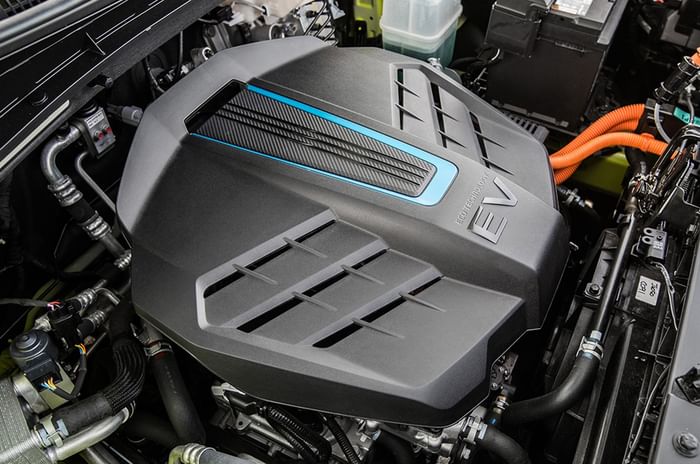
The steering is light and easy and the cabin feels eerily silent most of the time. I reach for the large 10.2-inch touchscreen and switch on the music. The sound system is good and for those who like funky it’s comes with mood lighting that adapts to volume. The large glass areas of this almost cube-like car make for great visibility and as we hit the highway its perfect for spotting the leftover cherry blossom trees dotting the hillside. On this open stretch I prefer the sport mode and while the performance is fun on the winding section, the Soul tends to roll and the tiny tyres squeal their way around corners. There are paddles – not for gears but to set the strength of the regenerative braking and on a twisty section, set to the highest its good enough for single-pedal driving. For the city, it's best to have it on a lower setting to avoid jerkiness. The Soul comes with a host of Advanced driver-assist systems like adaptive cruise control which works very well, adjusting itself to cars merging in as well and there is the lane assist which is fine on a straight stretch giving you a strong tug back if you veer over a line, but on a winding section should you choose to drive in a more spirited manner best to have it off. The blind spot warning is a handy feature, but once again, it veers to being extra safe so comes on when there is enough space.
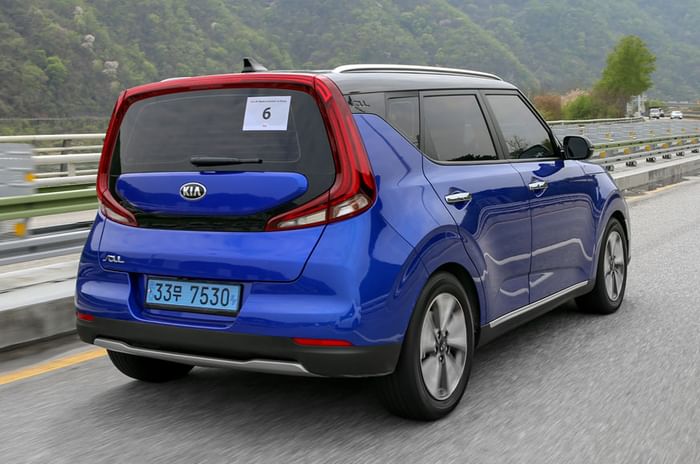
However the thing that strikes one most about this EV is that it's effortless driving and the 120-odd-km to our lunch halt comes up without us really feeling the distance at all. It's not just easy, it has a good amount of pep to make it a little bit of fun too.
Should you buy one?
After having spent a whole day with the Soul in traffic and out on open highway the car grew on me. It seemed like a great option for city car that packs in features, funkiness and practicality. But unfortunately as an EV there is little opportunity for this car to sell in India. Even though Kia has presented one to the Andhra government, it’s highly unlikely that the Soul will find a place in the Indian market. If our government that is touting electric mobility actually makes these vehicles viable; and if it does come to India – yes it could just be a good option to a like-sized conventional SUV.
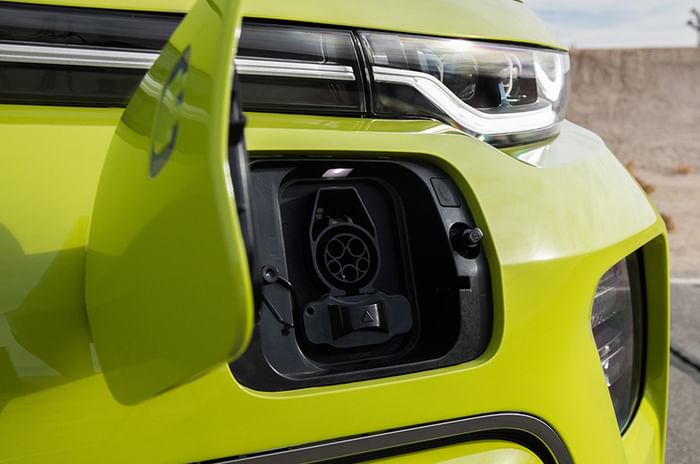
| Kia Soul EV technical specifications | |
|---|---|
| Length | 4196mm |
| Width | 1800mm |
| Height | 1600mm |
| Wheelbase | 2600mm |
| Tyre size | 215/55R17 |
| Kerb weight | 1685kg |
| Battery Voltage & Capacity | 356V & 180Ah |
| Battery Energy & Power | 64kWh & 170kW |
| Power | 204hp at 3800-8000rpm |
| Torque | 395Nm at 0-3600rpm |
Click here for Kia India models, est. prices, images, details, news and more
















